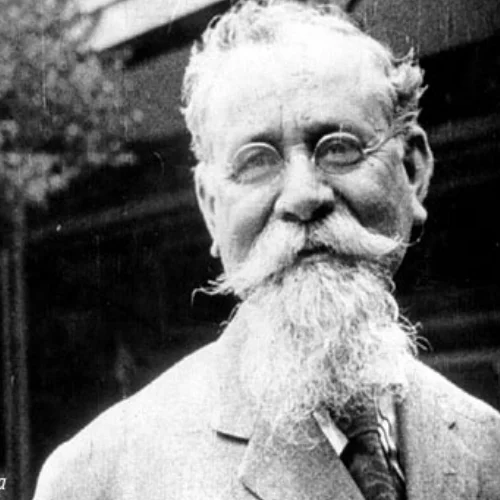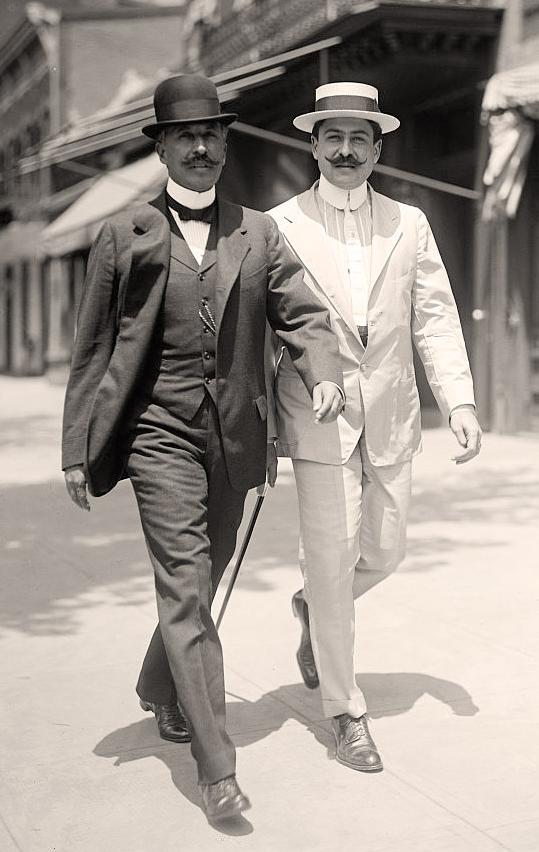The little hamlet of Columbus, New Mexico, thirty odd miles from Deming and three miles from the Mexican village of Palomas buzzled yesterday with reenactors, celebrities, historians, military history buffs, TV, newspaper and film crews. Over 2,000 people from all walks of life came to commemorate a momentous event that happened just over 100 years ago. A group of one hundred Villista reenactors on horseback met at the border with reenactors of the U.S. Cavalry and rode into Columbus to throngs of cheering spectators. The granddaughter of General George S. Patton, who received his first combat experience in the Punitive Expedition as a second lieutenant and aide to General John J. "Blackjack" Pershing, greeted the crowds. Helen Patton read a letter from Sandra Pershing before the sang "America the Beautiful" and paid respect during the Mexican national anthem. A great great grandson of Pancho Villa in a show of friendship and peace between the United States and Mexico, shook hands and hugged. Mayor Philip Skinner and U.S. representative Steve Pearce posed with Pancho Villa (the reenactor), Helen Patton, Francisco Antonio Villa Alcazar for pictures, briefly joined by Francisco I. Madero (a spitting image of the real president of Mexico).
Pancho Villa, flanked by his lieutenants riding into Columbus. To the right of Villa. President Francisco I. Madero.
On March 9, 1916, at around 4:00 am (we know that because the clock at the train station permanently froze at 4:11 am as a result of a bullet lodged in its works), close of 500 Villista raiders rampaged the city, shot panicked residents who ran for cover, ransacked the bank, local hardware store and looted the grocery shop. The local camp Columbus with three hundred soldiers of the 13th cavalry regiment as well awoke to the whizzing bullets of the Mexican raiders. Luckily for the soldiers, the Villistas mistook the stables for sleeping barracks. After initial chaos, the cavalry quickly set up a defensive line with machine guns. The attackers set the commercial district of the town on fire. After a ninety minute fire fight the soldiers repelled the raiders. Still, eight soldiers and nine civilians, among them the owner of the Commercial Hotel and several guests as well as the grocer, died. The raiders lost close to one hundred in the attack and subsequent retreat with American cavalry in hot pursuit.
Helen Patton in the company of U.S. army reenactors driving a 1917 Dodge parades by the cheering crowd
The raid on Columbus triggered a massive military response from the United States. Within days thousands of troops, eventually topping 10,000, assembled in the little desert town and entered Mexico under the command of John J. Pershing in pursuit of Villa and his troops. Pancho Villa remained an illusive target over the next nine months, despite being wounded and many of his lieutenants captured or killed. Yet, the Punitive Expedition marked a turning point not only in relations with Mexico (as Villa had intended), but also in the First World War. By July 1916, virtually the entire U.S. army and reserve descended upon Mexico and the border region (as German secret agents had intended). Despite the public and many historians judging the Punitive Expedition a colossal failure, American soldiers had received nine months of combat experience or at least training, the army was well equipped, and newest technology such as trucks, motorcycles, and airplanes had catapulted the U.S. military into the mechanized age.
From left U.S. Representative Steve Pearce, Pancho Villa, Francisco Antonio Villa Alcazar, and Mayor of Columbus Philip Skinner
Columbus, New Mexico, and the events of the year 1916 shaped the world as we know it. Despite German agents supporting Villa's conviction that the U.S. intended to trample on Mexico's sovereignty in an unholy alliance with President Carranza, the plan to create a war between Mexico and the United States badly backfired. When American troops finally entered the European battlefields under the command of John J. Pershing in 1918 on the side of the Allies, the German military did not last but another nine months before it capitulated. The outcome of the World War was by no means predetermined, as many historians have argued. In a separate peace with Russia after the October Revolution, the German Empire threw its entire military on the western front. Had there not been fresh, well-equipped, and trained U.S. soldiers to stop the advances, who knows what the outcome of the world conflagration would have been.
The Great Great Grandson of Pancho Villa shaking hands with the Granddaughter of General George S. Patton
It was here, in little Columbus, New Mexico, in March 100 years ago, that the fate of the German military efforts in the First Wold War was sealed.













